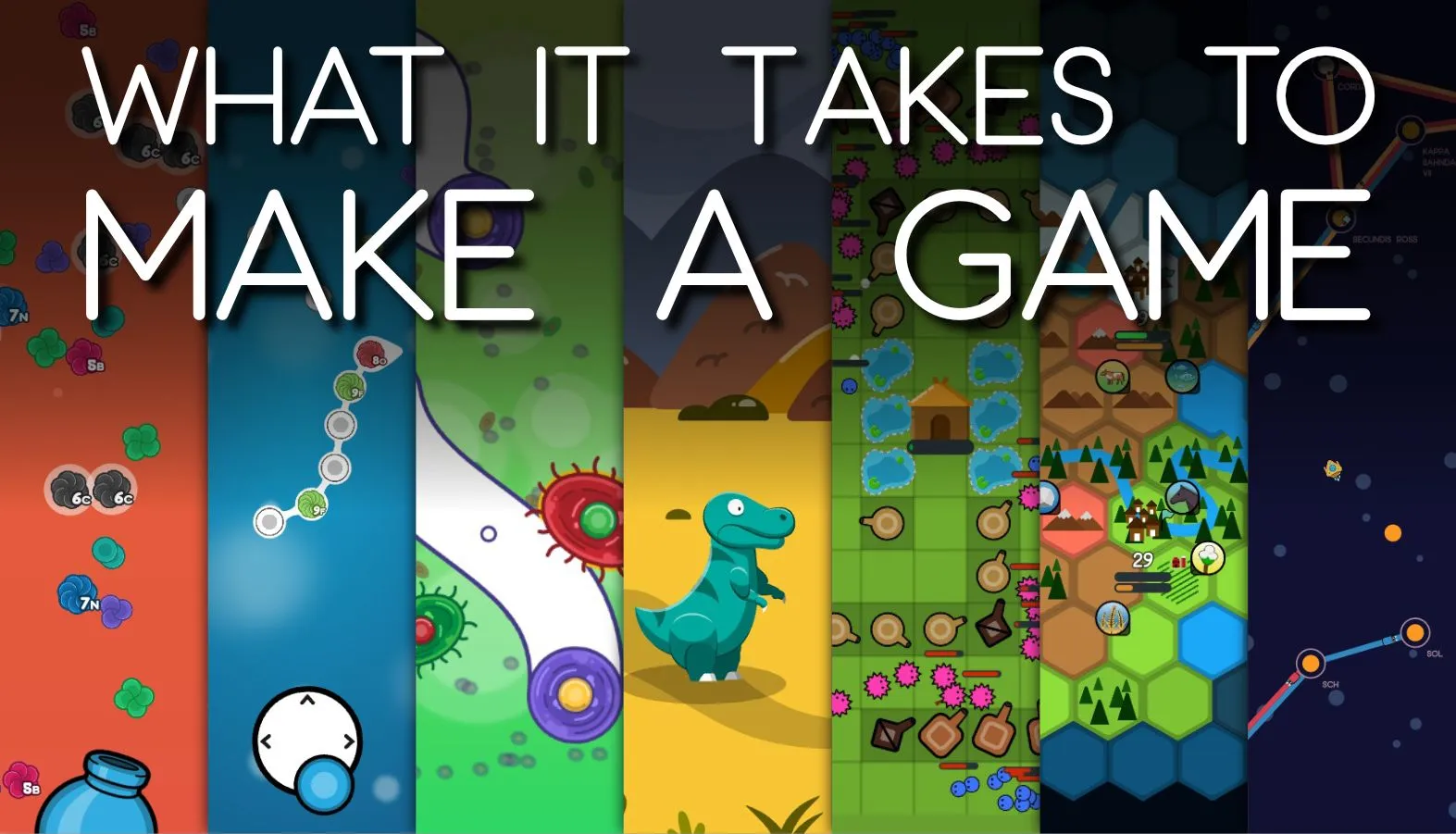
Dillon Shook
Autodidact & Zero One Infinity Advocate
Location Boston, MA
Interests Programming, Photography, Cooking, Game Development, Reading, Guitar, Running, Travel, Never having enough time...
Working On fusion energy at CFS
This Site Made with Astro, Cloudinary , and many many hours of writing, styling, editing, breaking things , fixing things, and hoping it all works out.
Education B.S. Computer Science, New Mexico Tech
Contact site at dillonshook dot com
Random Read another random indie blog on the interweb
Subscribe Get the inside scoop and $10 off any print!
Tags
Top Posts
Testing Next.JS with Cypress and Mock Service Worker
November 8th 2022
9K views
If you’re running a Next.js app and want to test it with Cypress you probably noticed a problem when it came time to test a server side rendered page. There’s no built in way to mock out requests made in getServerSideProps. When I ran into this and searched around for solutions I found this article that has a good explination of the problem (and diagrams), but I wasn’t satisfied with any of the solutions.
2,983 words
|
~15min read
What it Takes to Make a Game by Yourself
September 15th 2022
74K views
Macrocosm is a mobile game that takes you from atom to galactic empire across seven interconnected stages where making progress in one stage gives you a boost in the next! This post is a deep dive into the (nearly) four years of free time I spent making it.
5,716 words
|
~29min read

What Language am I Writing Again?
March 23rd 2022
3K views
Have you ever had that brainfart moment when you’re writing code and forget what syntax you’re supposed to be using? An example is helpful:
773 words
|
~4min read
How Hard is your Email to Say?
August 1st 2020
8K views
You’re at the doctors office, talking to an acquaintance, or ordering something on the phone and they ask the question: What’s your email? Depending on your name, age, and your life choices this can be a breeze or the dreaded question. How long does it take before you have to break out the phonetic alphabet? How many times do you have to repeat it?
596 words
|
~3min read
Your Reach is More Than You Think
June 30th 2020
3K views
On analytics, influence, and creativity
453 words
|
~2min read
A Critique of React Hooks Addendum
May 7th 2020
13K views
A follow up to A Critique of React Hooks including quiz results and more
906 words
|
~5min read
A Critique of React Hooks
April 27th 2020
49K views
A few thoughts to consider when using React hooks
1,235 words
|
~6min read

Unity Save Game Editor
November 18th 2019
184K views
Hack your unity save games with this handy save game editor.
323 words
|
~2min read
2025
9 posts
10-29
Web 4.0
08-14
Passion Over Profits
05-19
Launching is the Second Hardest Part
04-04
5 Tips for Starting a New Job
03-21
Surprisingly Cheap and Powerful Server Hosting for Indie Devs in 2025
03-06
Sowing the Seed Data
02-20
So What Exactly is MVP Anyways?
01-28
The Second Best Thing You Can Do in Your Career
01-05
Laid Off for the First Time In My Career, and Twice In One Year
2024
14 posts
12-05
Starting is the Hardest Part
11-14
Starting Something New
11-07
The Pseudocode Programming Process
10-31
This Post is Cursed
10-24
Why AB Test If You Can ABCD Test?
10-17
What Do You Visualize While Programming?
10-11
How Do You Pronounce oklch?
10-02
2024: A Blog Odyssey from Ghost through Hugo to Astro
09-19
What Do You Think 2030 Will Be Like?
09-12
The Best Software Development Lifecycle
09-05
Change at the Highest Level Is Impossible
08-30
Where Did All the Tech Bloggers Go?
08-13
Failing Upwards Again
02-27
Planned App-solescence
2023
1 post
05-17
Tradeoffs in Testing
2022
3 posts
11-08
Testing Next.JS with Cypress and Mock Service Worker
09-15
What it Takes to Make a Game by Yourself
03-23
What Language am I Writing Again?
2020
4 posts
08-01
How Hard is your Email to Say?
06-30
Your Reach is More Than You Think
05-07
A Critique of React Hooks Addendum
04-27
A Critique of React Hooks
2015
1 post
07-08
The Asynchronous Journey